Your Cart is Empty
Free Shipping on orders over €75 (Germany) | €125 (International) – We're on a short shipping break, but the webshop is open! Next shipping date: April 30
Free Shipping on orders over €75 (Germany) | €125 (International) – We're on a short shipping break, but the webshop is open! Next shipping date: April 30
Notions & Gifts
Books & Magazines
Patterns
- Annika Scheer | Rosemary & Pines Fiber Arts
- Ayano Tanaka
- Barbara Gottwik
- Crystal Hiatt
- Elena Solier Jansà
- Emily Joy Rickard
- Emma Ducher
- Fiona Alice
- Fiona Munro
- Imke von Nathusius
- Jennifer Brou
- Jill Thompson Beach
- Joan Forgione | Paper Moon Knits
- Julia Exner
- Kjerstin Rovetta
- Ksenia Naidyon | Life is Cozy
- Madeleine Renarde
- Makenzie Alvarez
- Making Stories
- Maria Muscarella
- Marina Skua
- Marthe Forodden
- Rebekka Mauser
- Renate Kamm
- Susan Schädler
- Tania Dejoie
- Valentina Cosciani
- Vanessa Pellisa
- Annika Scheer | Rosemary & Pines Fiber Arts
- Ayano Tanaka
- Barbara Gottwik
- Crystal Hiatt
- Elena Solier Jansà
- Emily Joy Rickard
- Emma Ducher
- Fiona Alice
- Fiona Munro
- Imke von Nathusius
- Jennifer Brou
- Jill Thompson Beach
- Joan Forgione | Paper Moon Knits
- Julia Exner
- Kjerstin Rovetta
- Ksenia Naidyon | Life is Cozy
- Madeleine Renarde
- Makenzie Alvarez
- Making Stories
- Maria Muscarella
- Marina Skua
- Marthe Forodden
- Rebekka Mauser
- Renate Kamm
- Susan Schädler
- Tania Dejoie
- Valentina Cosciani
- Vanessa Pellisa

Issue 10 Patterns – Now Available as Individual PDFs!

All Patterns
About Us
We're here to help you stitch sustainability into every aspect of your making.
With our carefully curated selection of non-superwash, plastic-free yarns and notions, we have everything you need to get started on your next project - and the one after that.
Here's to a wardrobe of knits we love and want to wear for years to come!
We're here to help you stitch sustainability into every aspect of your making.
With our carefully curated selection of non-superwash, plastic-free yarns and notions, we have everything you need to get started on your next project - and the one after that.
Here's to a wardrobe of knits we love and want to wear for years to come!
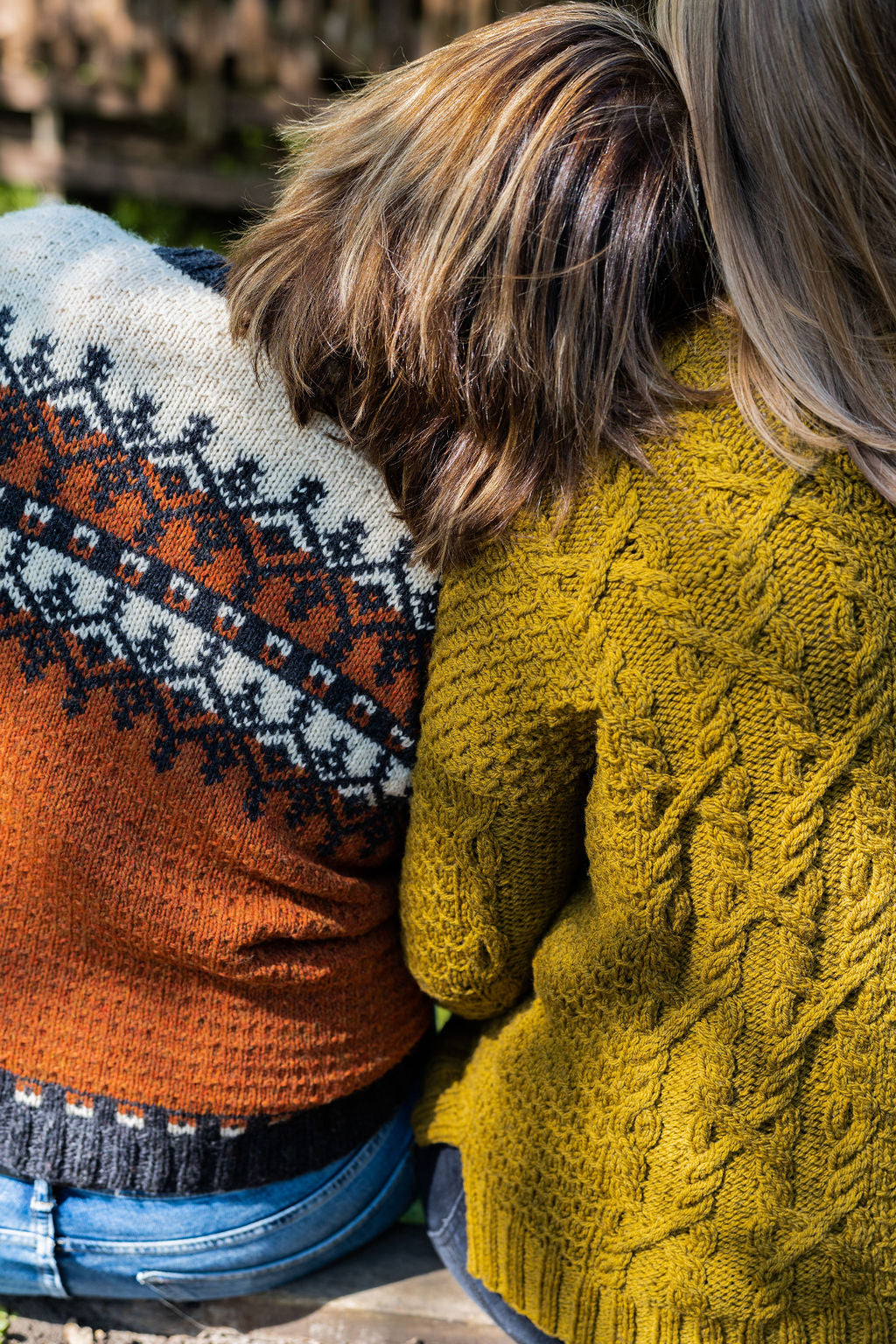
Our Sustainability Pledge

Our Blog
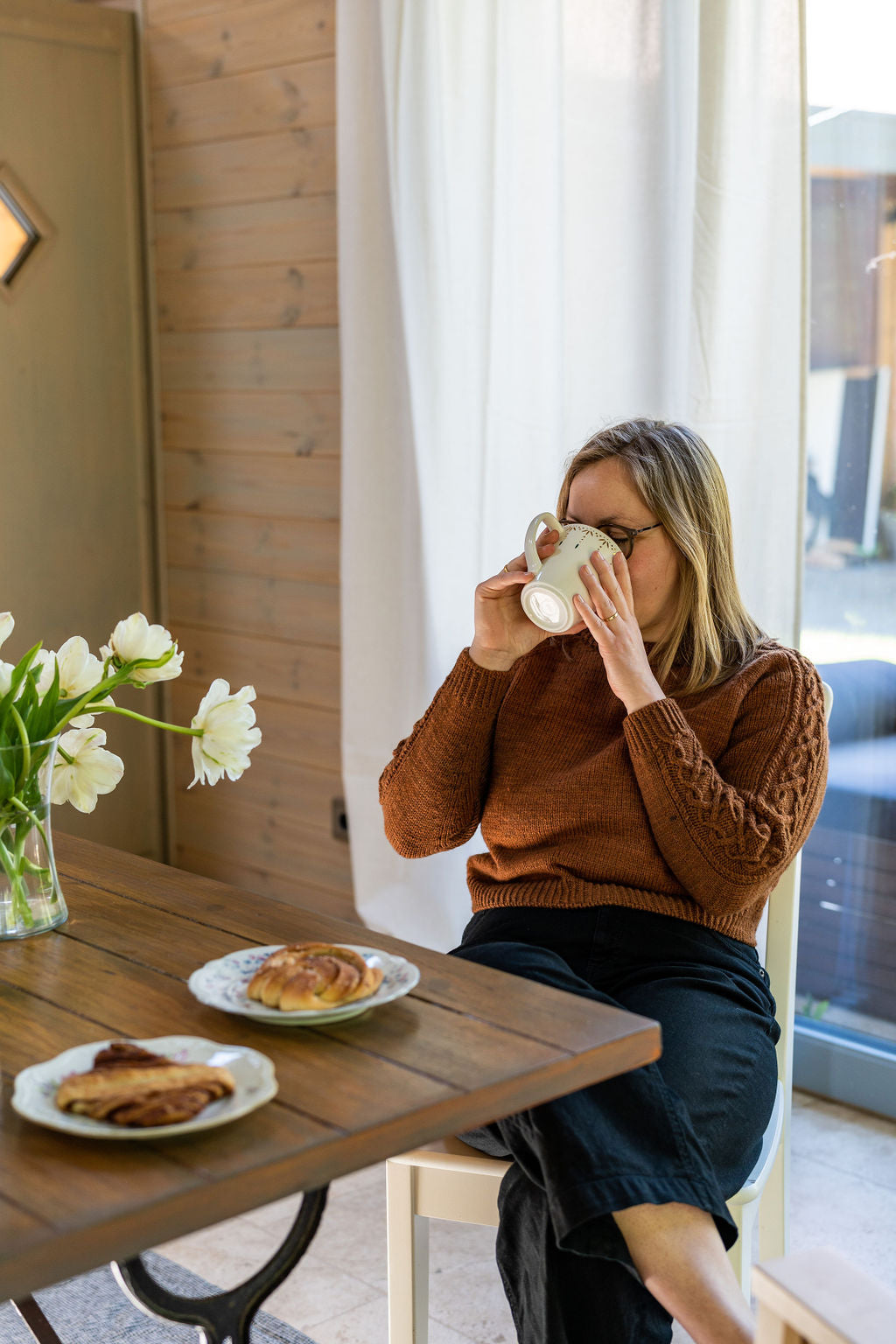
Our Podcast
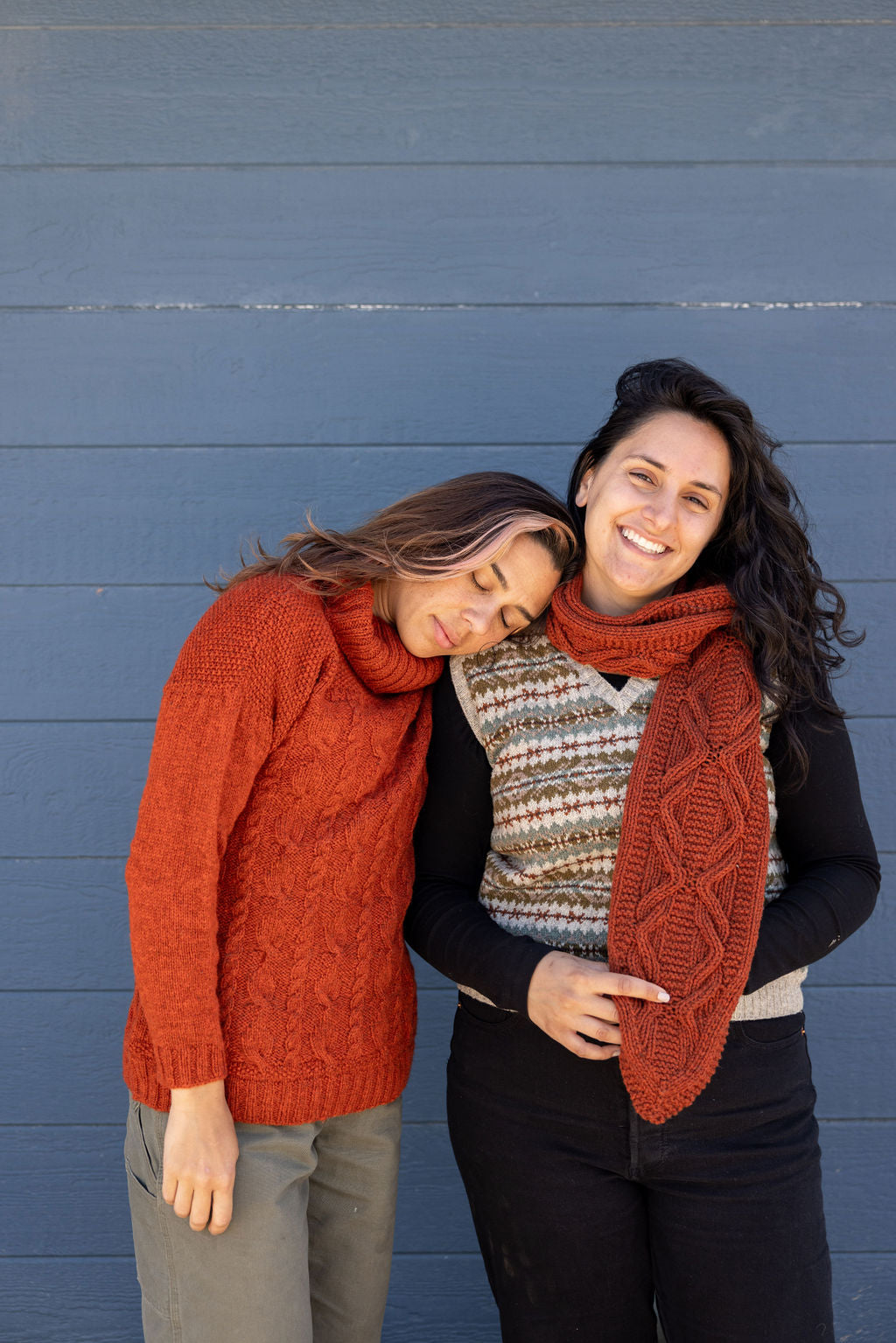
The Making Stories Collective
Breed Specific Yarn
June 17, 2020 4 min read 1 Comment
Welcome back to the blog!
Last week, we were exploring one of our favourite fibres; Wool. We looked at its characteristics, how they differ fleece to fleece, and how that influences the outcome of our yarn. (If you missed it,you can find it here.) This week, we are going one step further by looking at breed-specific yarns.

But what are breed-specific yarns?
At the risk of stating the obvious, they are yarns spun from the fleece of a specific breed (or several known breeds) of sheep. In comparison, generic wool production is where a range of different fibres are blended to create the softest yarn possible, with courser fibres being discarded and wasted.
Over the past few years, breed-specific yarns have become more and more popular and as a result, more widely available - and it's not hard to see why. The lovely thing about breed-specific yarn is that it celebrates a breed's entire uniqueness. Those quirks and characteristics you find in the fleece translate directly into the yarn, and each skein is like a love letter to the animal that grew the fibre!
As we begin to explore the world of breed-specific yarns, we can also start to see which breeds are best suited with which type of knitting project. The only problem is, with over 200 breeds of sheep alone, keeping track of which breed produces what kind of wool can be pretty tricky.
This is where things get fun. Remember the characteristics we talked about in last weeks post? Staple Length, Crimp, Lustre and Fineness? To make it easier, breeds are grouped into different categories based on similarities in these characteristics. While it helps, this is by no means an exact science. Some breeds won't always fit perfectly into one category, and it's good to keep in mind that the same breed raised in two different environments can show significant differences in their fleece. BUT, it does help to be able to use these categories as a starting point, so let's have a look at what they are.
Finewools:
These have the smallest diameter measurement with an average of 25 or few microns and are often produce the softest yarns. The staple is generally short with a tiny, even crimp. Breeds such as Merino and Cormo fall into this category. Finewools work best for next to the skin projects as these fibres are known for their softness. Be wary of projects that will have a lot of wear, such as socks, as Finewools aren't always the most durable.
Mediumwools:
It's called medium for a reason because it lands right in the middle when it comes to length, crimp, fineness and lustre. With an average of around 24-31 microns, Mediumwools are more durable than Finewools but still relatively comfortable to wear next to the skin. You will find breeds such as Corriedale and Tunis in this category. Mediumwools suit pretty much any project due to their versatility.
Down wool:
Similar to mediumwool, they have 24-34 microns but have much more crimp leading to a very bouncy yarn. In fact, the robust crimp in these fibres means that they resist felting! (Though I would test this out with a swatch first before attempting to machine wash your new sweater.) The extra crimp means they do not have much lustre and usually sport a more matte appearance. The shorter staple length means Down yarns are often woollen spun, which also compliments the bouncy nature of the fibre. Choose Down fibres when you are looking for a light, lofty fabric, but avoid of you need drape. South Down and Dorset Down are great examples of down wool.

Longwool:
With their long staple length, this category is also known as lustrous Longwools. The yarn in this category is usually worsted spun and has a range of softness with an average micron count of 24-41. They have a long, wavy crimp, resulting in smooth and lustrous yarns. Longwools are perfect for projects which will have plenty of wear and particularly useful for outerwear. Examples of Longwool breeds are Cotswold and Romney.
Primitive/Double Coated:
The breeds that fall into this category grow complex fibres, with a variety of staple, fineness, crimp and lustre occurring in one fleece. Primitive type wool felts fantastically, is exceptionally strong and insulating. As with Longwool, it's perfect for outerwear. You will find Icelandic and Shetland breeds in this category.
Further Reading
Pretty cool, huh?! I can't think of a better way of honouring our woolly friends more than by respecting and celebrating every little bit of their fabulous fleece. By gaining a better understanding of the category a breed falls under, we can also choose the perfect yarn for our next project.
If you have enjoyed this introduction into breed-specific yarns and are interested in really delving into this topic, I can highly recommend ‘The Knitter's Book Of Wool' by Clara Parks. Solitude Yarn also have some fantastic information on their website on this topic, and Brooklyn Tweed have written several article surrounding their work with breed-specific yarns.*
*A quick note to say none of these are affiliate links; they're just super interesting!
Further Knitting
Have I inspired you to try breed-specific yarns? I hope so! If you are looking for some inspiration, here are some suggestions to get you started:
Do you have a favourite breed-specific yarn you would like to share? Tell us about it in the comments below!
1 Response
Leave a comment
Comments will be approved before showing up.
Also in Blog

6 Joyful Spring Knitting Patterns - My Current Favorites!
April 10, 2024 4 min read
Hi lovelies! Spring has sprung here in Berlin – as I am typing this (mid March), the buds on the chestnut tree out the window are a few days away from bursting, the forsythias are in full bloom, and our strawberry plants have started their comeback as well (leaves so far, but Aurin checks every day for berries :)).
So it's no surprise at all that today's blog post is very much inspired by the sun and the warmer days to come! I have put together a sweet roundup of 6 joyful spring knitting patterns, all of which I'd love to have on my needles soon. (If someone can get me an extra day or two per week to knit (oh, and to spin), I'd love that!)
The three yarns I've paired them with are my favorite spring / summer yarns: De Rerum Natura's Antigone, a delightful sport-weight linen yarn, Wooldreamers' Saona, a 50% Spanish cotton, 50% Spanish wool blend, and Natissea's Pernelle, our newest spring yarn: A 100% European hemp yarn!

Get to Know: Pernelle, our first 100% hemp yarn!
April 02, 2024 3 min read 1 Comment
Hi lovelies! As you might know, we are slowly, surely expanding the portfolio of the shop – I am always on the lookout for wonderful sustainable yarns that might fill gaps we still have, and one that was on the list since last summer was an additional spring / summer yarn.
When I learned about Natissea, a French yarn company dedicated to organic plant yarns, from Audrey Borrego last year, I immediately contacted them to order some samples. As soon as I had Pernelle, their 100% European hemp yarn, on the needles, it was love – grippy, but not ropey, with a lovely drape that only got stronger after a good washing and blocking session.
The shade cards had me swooning too – a really comprehensive, well-composed range of colors with something for everyone in it, from neutrals to spring-inspired pastels to deep jewel tones.
So I was so pleased when Natissea accepted us as a stockist – and I am extra excited to introduce Pernelle to you. Our first 100% hemp yarn, perfect for summer tops, T-Shirts, and lightweight sweaters!
I reached out to Mathilde over at Natissea and she graciously agreed to answer a few questions about Pernelle. I loved reading her answers!

Issue 11 - in and out by Liza Laird
March 11, 2024 1 min read 2 Comments
Hello lovelies!
I am back today with a slightly unusual post that starts with a big, big apology to Liza Laird. Liza is a wonderful author (you might know her book Yoga of Yarn), knitter, teacher and yogi, and we were supposed to publish her beautiful poem "in and out", inspired by the ocean, in our Issue 11, "Seashore".
While I was putting the final touches on our layout, I realized that we had a spread too many (we always print in increments of 4 pages, or 2 spreads) and inadvertently cut the spread with Liza's poem instead of the photo spread I meant to delete.
Who Is Making Stories?
We're a delightfully tiny team dedicated to all things sustainability in knitting. With our online shop filled with responsibly produced yarns, notions and patterns we're here to help you create a wardrobe filled with knits you'll love and wear for years to come.
Are you part of the flock yet?
Sign up to our weekly newsletter to get the latest yarn news and pattern inspiration!
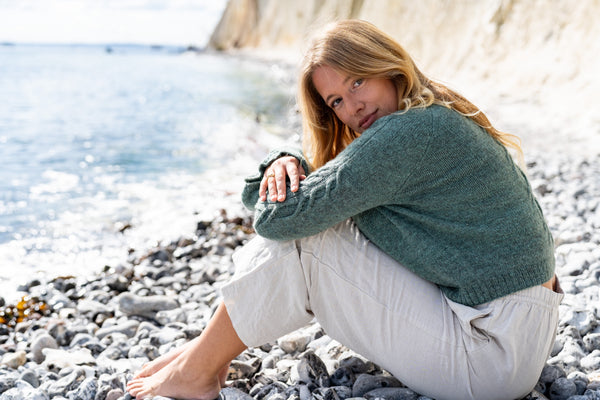
Join the Making Stories flock!
Every Tuesday our newsletter arrives in your inbox, full to the brim with Making Stories goodness. If you would like to join in on the fun, fill in the form below.
As a thank you, we gift you a digital publication of your choice!

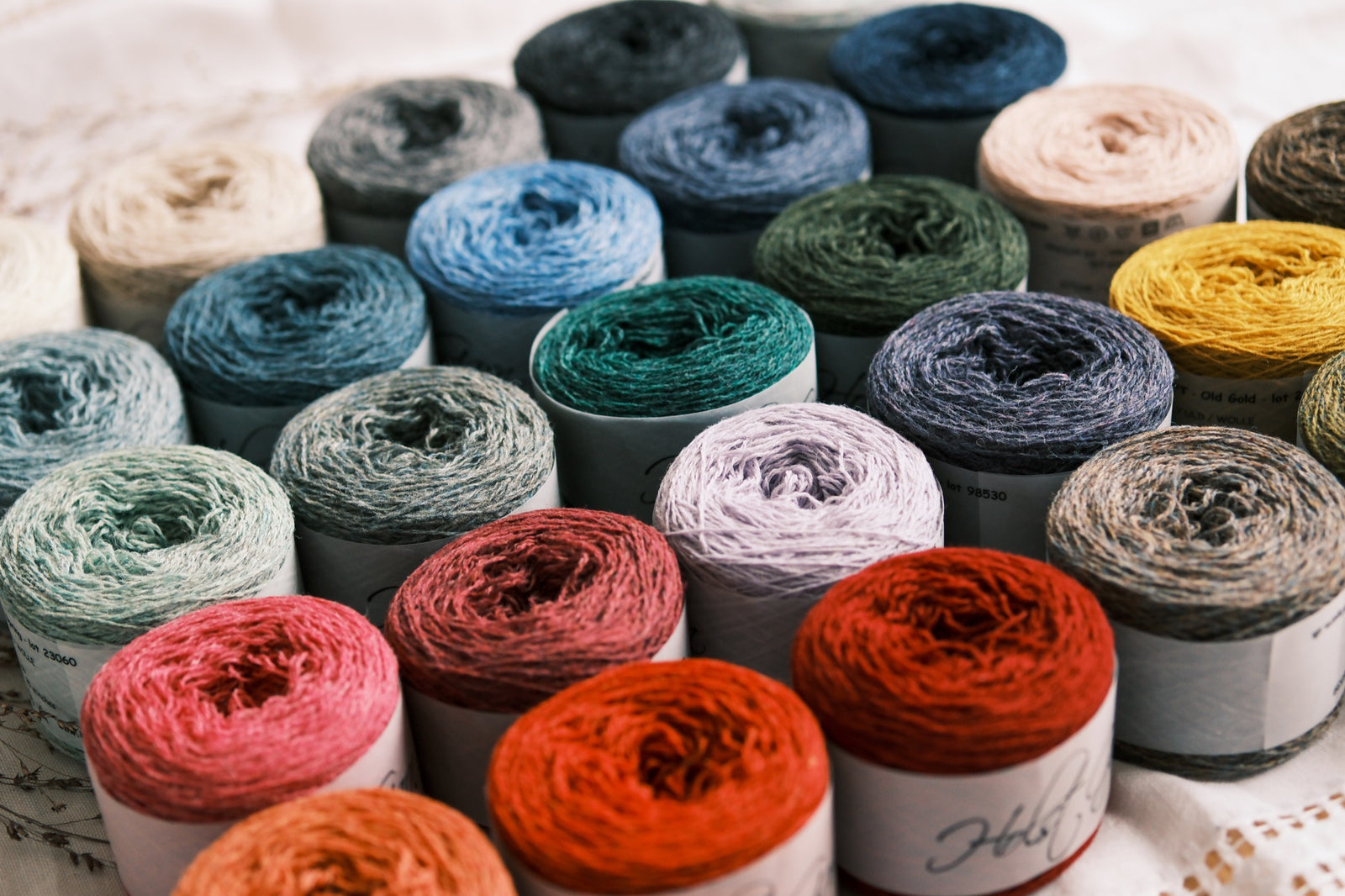


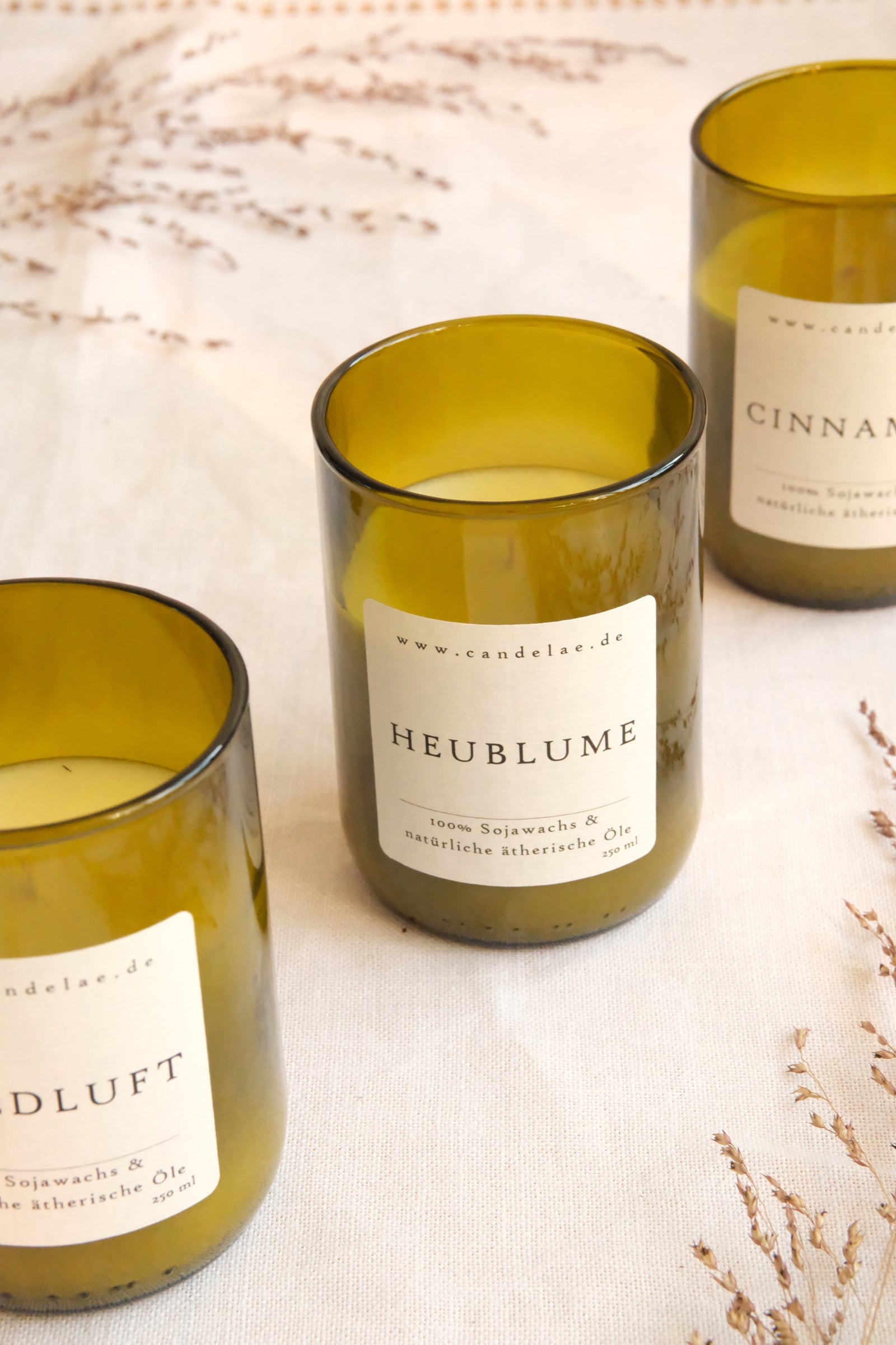



Emily
June 18, 2020
Elsa Wool Cormo!